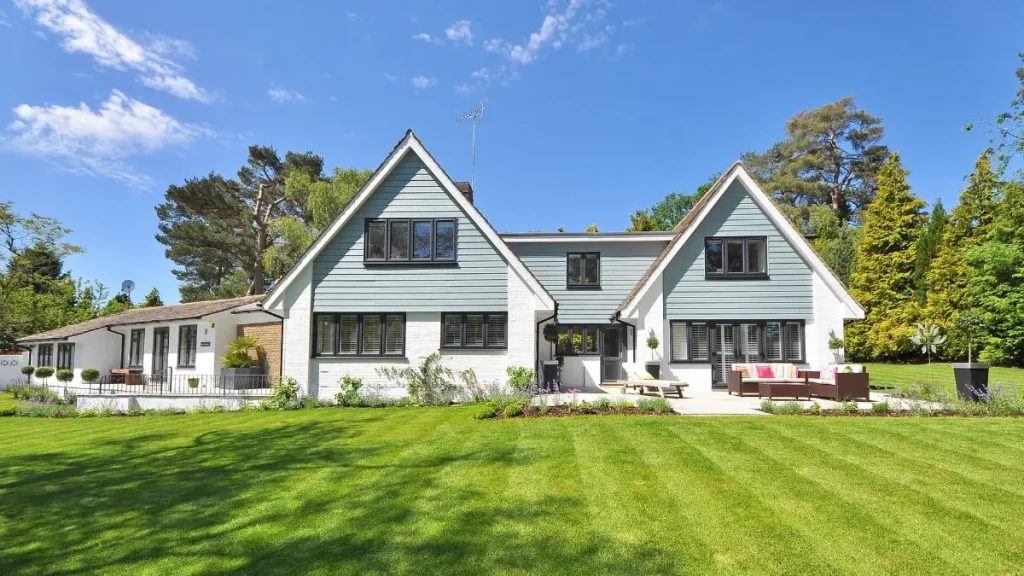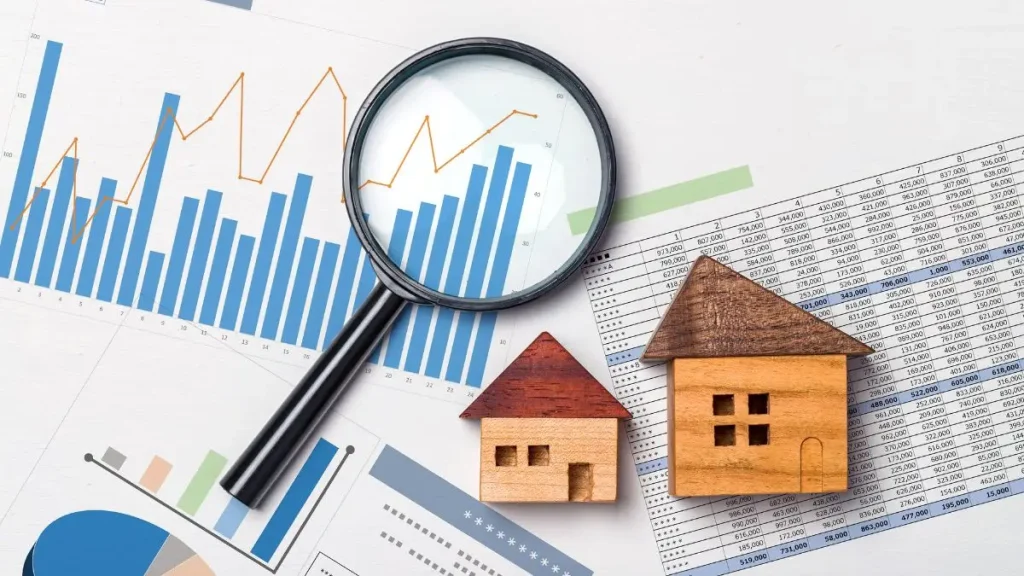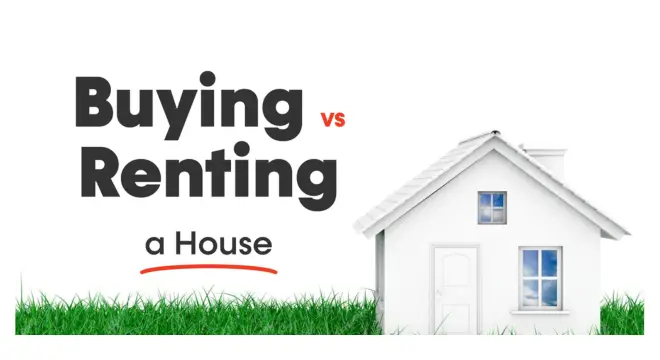What’s My Home Worth? Key Factors to Consider
I know what it feels like to look around your house and see more than just walls. Maybe you remember the Diwali lights you hung on the balcony, or the corner where your kid took her first steps. Those memories are priceless—but here’s the hard truth: buyers aren’t paying for your memories. They’re paying for a property.
And that’s where many sellers get stuck. We often think our home is worth more simply because we love it. But the market doesn’t care about how the morning sunlight falls into your living room. It cares about square footage, recent sales, and what buyers in your neighborhood are willing to spend.
If you want to sell without disappointment, the first step is separating your emotions from your home’s actual value. Think of it less as “your baby” and more as “your biggest financial asset.” That shift in mindset makes everything else—pricing, negotiating, even timing—so much easier.
Quick question for you: when you think about your home’s worth, are you going by memories… or by the market?
Start With a Digital Snapshot of Your Home’s Worth
When you first ask, “What’s my home really worth?” it’s tempting to head straight to Google and type it in. And honestly, that’s not a bad start. Online tools like Zillow, Redfin—or if you’re in India, sites like MagicBricks and NoBroker—can give you a quick digital snapshot of your property’s value.
But here’s the thing: they aren’t perfect. Zillow itself admits its “Zestimate” can be off by 1–7%. And as House Logic points out, online estimates don’t know if you just upgraded your flooring last year or if your kitchen still looks like it’s from the ‘90s.
I like to treat these tools the way I treat checking the weather app before heading out—it gives you an idea, but you still look outside before leaving. Use them for a baseline, not the final word.
Compare With the Neighbors (Comps Matter More Than You Think)

Here’s where things get real. Buyers don’t care what you think your house is worth. They care about what the last three houses on your street sold for.
That’s why digging into comparables (comps) is powerful. Look for 3–5 recent sales within the past few months, in the same area, and with similar size and features. Then adjust mentally: if your neighbor’s home sold for ₹1.2 crore but they had a brand-new kitchen, and yours hasn’t been touched in 10 years, you can’t expect the same number.
When I sold my own flat a few years ago, I realized I was emotionally overpricing until I looked at comps. Seeing hard numbers snapped me back to reality—and it made negotiations smoother because I had evidence in hand.
Lean on Professional Opinions
Yes, you can (and should) do your own research. But at some point, you’ll want a professional to sanity-check your numbers.
Real estate agents often prepare a Comparative Market Analysis (CMA) for free. This isn’t guesswork—they look at sold listings, current competition, and buyer demand to suggest a realistic range.
There’s also the option of a Broker Price Opinion (BPO) or even a licensed appraisal (especially if you’re refinancing or selling to a buyer using a loan). The key is this: don’t ignore professional advice just because it’s lower than the number in your head. I’ve seen sellers resist it, only to watch their homes sit unsold for months.
Think of it this way—you wouldn’t self-diagnose a serious medical issue with just Google, right? Same logic here.
And if you want to understand how appraisals are shaping the 2025 market, I’ve broken it down here in Selling in 2025: 9 Must-Know Facts About Home Appraisals.
Avoid the Most Common Pricing Traps
This is where many sellers lose money or waste time. Let me break down the four traps I see over and over:
- Overpricing out of the gate. Your listing is hottest in the first 30 days. If you blow that chance by going too high, you lose momentum fast. Buyers assume something’s wrong with a stale listing.
- Believing upgrades always add value. Maybe you spent ₹15 lakh on a modular kitchen. Buyers might love it, but data from NAR shows kitchen remodels only recoup about 59% on average.
- Pricing for the number you “need.” Wanting ₹1 crore to pay off a loan is understandable. But the market doesn’t care about your personal financial goals.
- Letting emotions take over. Just because you adore your sunroom doesn’t mean buyers will pay extra for it.
I’ve sat across the table from sellers who said, “But I need this much.” And I had to remind them—the market sets the price, not us.
Out of these 4 traps, which one do you think most sellers fall into? Drop your thoughts in the comments—I’d love to hear real stories.
Small Tweaks That Actually Boost Value

Here’s some good news: you don’t need to sink lakhs into renovations to increase your selling value. In fact, the smartest moves are often the cheapest:
- A fresh coat of neutral paint
- A well-lit entrance and a new front door
- Decluttering rooms so they feel bigger
- Simple landscaping to improve curb appeal
And don’t underestimate staging. Studies show staged homes sell for 6–20% more, and usually faster. Even just rearranging furniture or adding warm lighting can make buyers imagine living there.
The flip side? Avoid over-investing. A full bathroom overhaul or luxury kitchen might make you feel good, but you may never get that money back. The goal is to make your home appealing, not brand new.
Before you spend a rupee, ask yourself: “Will this make a buyer pay more, or just make me feel better?”
By the way, I often share quick, no-fluff home selling tips (like low-cost upgrades that actually impress buyers) on WhatsApp. Many sellers tell me it’s their favorite way to stay updated in real time.
Refine and Finalize Your Value Range
Now comes the moment of truth: putting it all together. By now you have a baseline from online tools, comps from your neighborhood, and at least one professional opinion. Instead of locking onto one magic number, create a range.
For example:
- Conservative value (quick sale): ₹95 lakh
- Optimal value (fair market): ₹1 crore
- Stretch value (if market is hot + staging done): ₹1.05 crore
See how much clarity that gives? It’s not about gambling on a single unrealistic number. It’s about knowing your range and being prepared to move within it depending on how buyers respond.
One of the most common financial missteps I’ve seen is forgetting about deductions after a sale. If you’re curious, I wrote a detailed guide on Home Sale Tax Deductions that can save sellers serious money.
Monitor, Adjust, Repeat
Even with the best preparation, sometimes the market surprises you. If you list and the phone isn’t ringing, don’t panic. Pay attention:
- Are buyers visiting but not making offers? Maybe your price is just a bit high.
- Are you not even getting visits? Then you’re probably priced well above the market.
I’ve seen sellers treat their listing price like it’s carved in stone. That rigidity costs them months. Instead, stay flexible. A timely price correction shows buyers you’re serious—and often sparks fresh interest.
Decide: Sell, Hold, or Renovate?

Not every valuation ends with a “Yes, let’s sell now.” Sometimes the numbers tell you to wait. Maybe the market is soft right now, or maybe your home needs a few small upgrades to justify the value you want.
Other times, renting the place for a year or two could be smarter than selling immediately. Or, if the valuation meets your expectations and buyer demand is strong, you’ll know it’s time to list with confidence.
Think of this as your decision tree. Don’t just default to selling—make sure it’s the best financial move for you.
And if you’re even considering the DIY route, don’t skip this checklist: Selling Your Home Yourself? Don’t Even Try Until You Read These 10 Things. It’ll save you a ton of headaches.
Quick Checklist Before You List
Here’s a simple run-through you can tick off before hitting “publish” on that listing:
- Detached your emotions from pricing
- Got a digital estimate (Zillow, MagicBricks, NoBroker)
- Researched at least 3 recent comps nearby
- Talked to an agent for a CMA
- Identified 1–2 small ROI tweaks (paint, declutter, stage)
- Picked the right timing to list (not mid-December, ideally spring/festive season)
- Created a value range, not just a dream number
If you can tick all these, you’re walking into the selling process with clarity—and clarity often means a quicker sale at a fair price.
Tell me this: looking at your own situation right now, which box would you have to leave unchecked?
If you want to go deeper into selling strategies, check out more guides in our Real Estate & Homeownership category for step-by-step insights.
Disclaimer: This article is for informational purposes only and should not be taken as financial or legal advice. Real estate values depend on local market conditions, regulations, and professional assessments. Always consult a licensed agent or advisor before making selling decisions.


